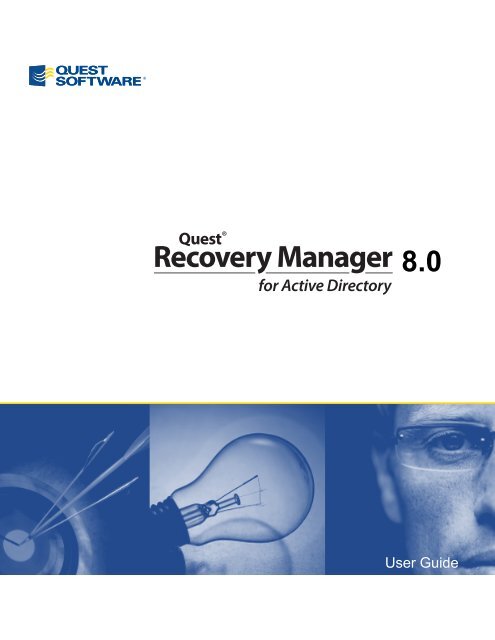
- #Rapid recovery powershell commands manuals#
- #Rapid recovery powershell commands full#
- #Rapid recovery powershell commands software#
- #Rapid recovery powershell commands windows#
Thus, production checkpoints are created in accordance with the backup technology inside the guest OS.
#Rapid recovery powershell commands full#
Also, note that this snapshot type shouldn’t be regarded as a full backup. This is crucial for VMs running Active Directory, Microsoft Exchange, SQL Server, or any other application/database which transfers data between different nodes. A standard snapshot doesn’t enable application consistency, which may result in incomplete data transactions. Standard Checkpoints (formerly known as Hyper-V snapshots) take a snapshot of the VM and its memory state, which allows you to capture the VM state at a particular point in time.Currently, there are two types of Hyper-V checkpoints available:
#Rapid recovery powershell commands windows#
Prior to Windows 10, Hyper-V provided only standard checkpoints. It is worth noting that the term ‘snapshots’ is currently used only in reference to Hyper-V snapshots created on older Windows operating systems, which were introduced prior to Windows 10. If an unexpected error occurs, you can revert a VM to a previous state, thus discarding all the changes made.
#Rapid recovery powershell commands software#
Checkpoints can be very helpful if you plan to adopt some new changes to the system, such as software updates or a program installation.

Hyper-V checkpoints allow you to save the VM state at a particular point in time. In this blog post, we will cover the snapshot technology used in Hyper-V and describe how you can manage and configure Hyper-V checkpoints in your virtual environment. This technology has transformed the way data is protected in virtual environments. One of the most significant virtualization technologies is snapshots. Virtualization has significantly changed the way businesses conduct their operations and provide services to customers.
#Rapid recovery powershell commands manuals#
For more information, please click here.Ĭontinue to search the Knowledge Base directory for newly added PowerShell scripts and feel free to reference our guides and manuals for further examples.What You Need to Know About Hyper-V Checkpoints While Quest does provide scripts through documentation and Knowledge articles, any errors or problems received regarding PowerShell scripting should be addressed with Microsoft and not the Rapid Recovery Support Team. NOTE: Keep in mind that the ability to use PowerShell scripting is included in Rapid Recovery to allow customers to enhance product functionality and administration. Display a listing of all active Core jobs: get-activejobs -all Add a server to protection: start-protect -repository “repository_name” -agentName -agentPort 8006 -agentUserName administrator -agentPassword p4ssw0RD -volumes “c:” “d:”ġ0. Dismount all mounted recovery points on the Core: remove-mount -allĩ.

Resume incoming replicating for all Agents: resume-replication -incoming IP\servername of coreĨ. Resume outgoing replication for all Agents: resume-replication -outgoing IP\servername of coreħ. Pause incoming replication for all Agents: suspend-replication -incoming IP\servername of coreĦ. Pause outgoing replication for all Agents: suspend-replication -outgoing IP\servername of coreĥ. Resuming all Agents: resume-snapshot -allĤ. Pausing all Agents: suspend-snapshot -allģ. Importing the PowerShell Module: import-module rapidrecoverypowershellmoduleĢ. In Rapid Recovery, there are also PowerShell scripts available for use in the following directory on the Core: C:\Program Files\AppRecovery\Core\PowerShellScripts (Information on these scripts can be found here.)ġ.

The following are common PowerShell cmdlets used in the process of pausing and resuming Core jobs, stopping and starting the Core.Service, and adding machines to protection.


 0 kommentar(er)
0 kommentar(er)
